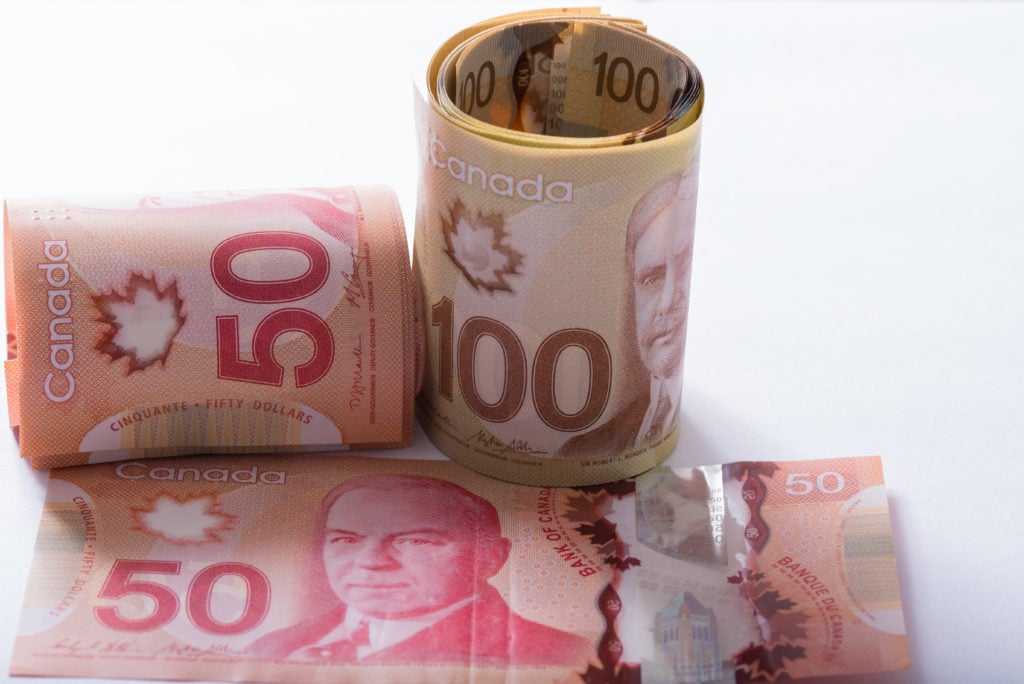Tax withholding on RRIF withdrawals
Bob is concerned about the tax withholding on his RRIF withdrawals. He’s not sure he’s drawing down his investments properly.
Advertisement
Bob is concerned about the tax withholding on his RRIF withdrawals. He’s not sure he’s drawing down his investments properly.

Share this article Share on Facebook Share on Twitter Share on Linkedin Share on Reddit Share on Email
How about using the RRIF to fund a 1st mortgage (assuming your house is paid off). Then, use your TFSA as a second mortgage. Set up an unregistered account to hold the mortgage. The first mortgage could have an interest rate of 3%, the TFSA at 15%. Both interest rates are tax deductible and as we know, the interest paid in the first 5 years of a mortgage is pretty huge. This could generate a tax neutral way of drawing down the RRIF?
I was led to believe that a RRIF withdrawal tax in BC was 5% up to $39k plus change. Is this not correct?